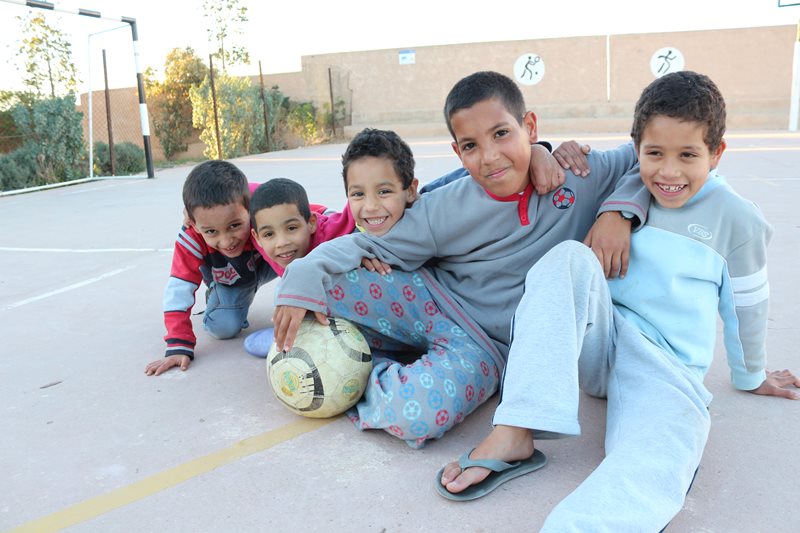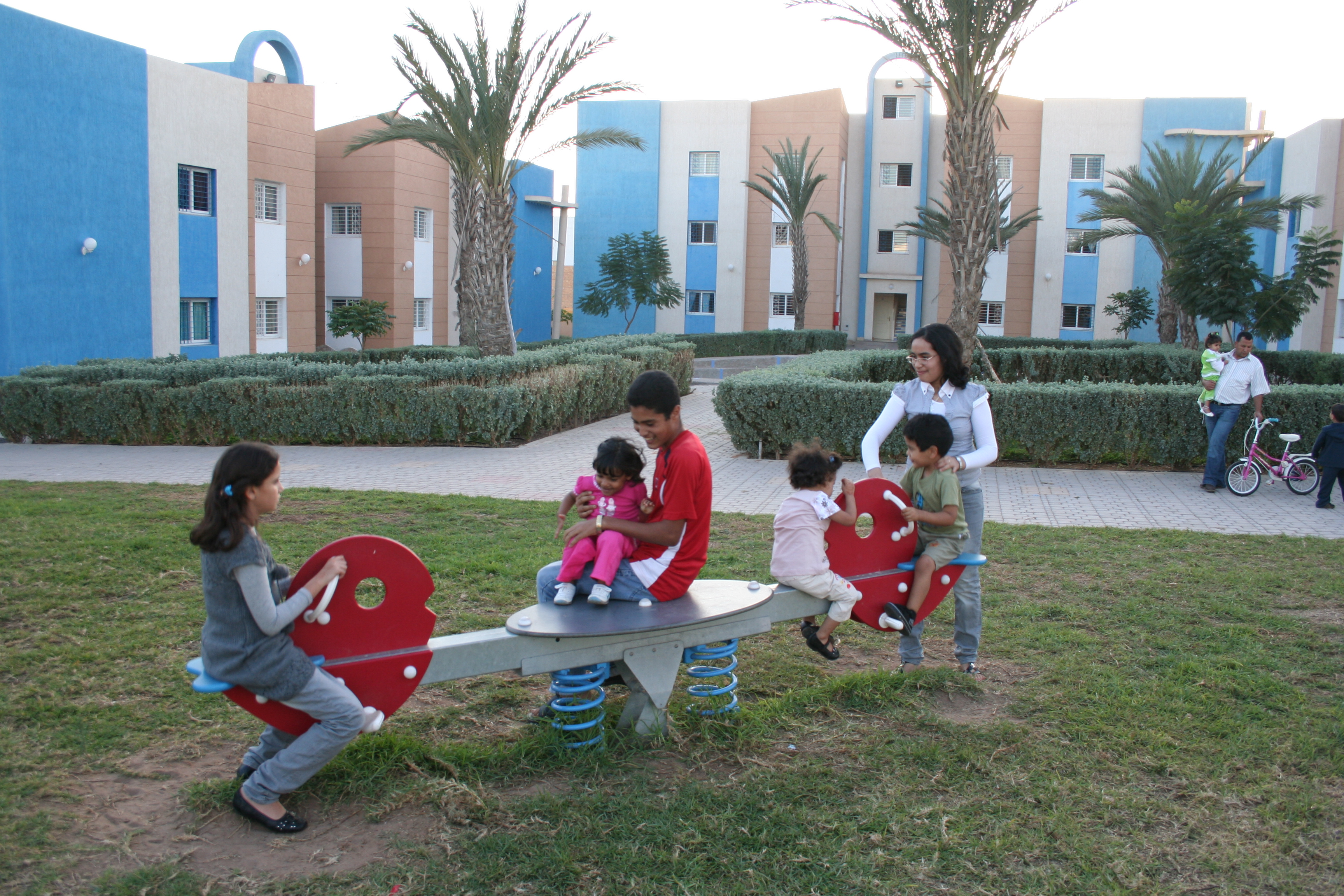The dark side of tourism

The city of Agadir is a well-known Moroccan seaside resort of roughly 600,000 inhabitants, located on the shores of the Atlantic Ocean. In 1960, Agadir was struck by what has been considered the worst earthquake that continental Africa has ever seen. Nearly one third of Agadir's population died as a result of the quake and the city was reduced to debris.
Although Morocco is clearly not one of Africa's poorest spots, the beauty of Agadir's beaches is contrasted by the crippling poverty that continues to affect thousands in the city itself and in the suburbs. Tourism – generally associated with economic growth and other positive implications – sometimes poses a threat to a country's most vulnerable segments of population. With hordes of tourists flocking in, prostitution has been on the rise in Agadir.
Tourists from Arabic and European countries specifically search for young, sometimes underage girls from underprivileged families who are willing to sell their bodies. Poverty and parental neglect drives many young Moroccans into the commercial sex industry. Child prostitutes usually have little or no awareness of the dangers of HIV/AIDS and how the virus is transmitted. Girls and boys working as domestic servants and street vendors often become targets of child sex tourism, particularly in Marrakech and Agadir.
The number of young female domestic workers ("petite bonnes") amounts to roughly 70,000 all over Morocco. Domestic labour remains predominantly an urban phenomenon. Many children who engage in child labour activities do not go to school. A report from the Secretariat for Literacy and Non-Formal Education estimated that as many as 1.5 million Moroccan children between the ages of nine and fifteen do not attend school. In such a harsh socioeconomic environment, the fundamental rights of children are violated every day.
Families breaking apart
As a result of poverty, a considerable number of families in and around Agadir break apart. Many parents do not have the financial means to raise their children. Consequently, many of them end up in the streets where they are vulnerable to commercial sexual exploitation, recruitment by street gangs and a life of drugs and violence.
In 1985, SOS Children's Villages started its activities in Morocco in order support the country's orphaned and neglected children. In Agadir, our organisation has been present since the year 2008, when the SOS Children's Village there was set up. Although vast segments of the region's economy benefit from tourism, Agadir's children need protection and support as sexual exploitation has become one of the city's major problems.
What we do in Agadir
.jpg?width=800)
SOS Children's Villages started working in Agadir in 2008.
The SOS Children's Village now comprises 14 SOS families, where children who have lost parental care for different reasons can be looked after by loving SOS mothers. In some of our SOS families, two SOS mothers now care for the children in shifts (day and night); they overlap during the busy hours of getting children ready in the morning and after school.
The village is located in the centre of a residential area, which means that the SOS children are able to attend primary and secondary schools in the neighbourhood.